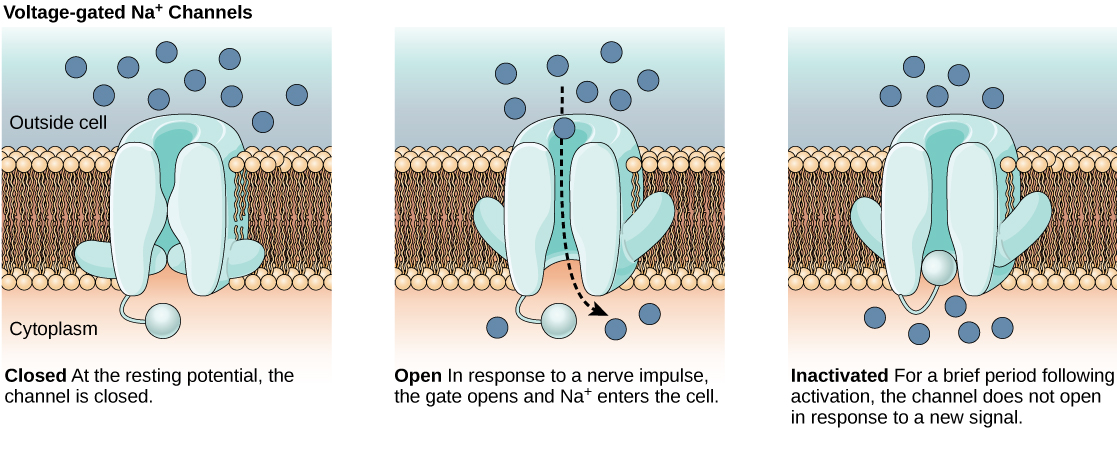Voltage-gated ion channels are transmembrane proteins that open and close in response to changes in the membrane potential. They are responsible for the generation and propagation of electrical signals in excitable cells such as neurons and muscle fibers. Voltage-gated ion channels consist of several subunits, including alpha subunits that form the ion-conducting pore and auxiliary subunits that modulate channel properties.
Types of Voltage-Gated Ion Channels:
The Voltage-Gated Ion Channel-Targeted Library encompasses compounds that interact with various types of voltage-gated ion channels, including sodium, potassium, and calcium channels. These ion channels are integral to several physiological processes and have been implicated in numerous diseases and conditions:
Sodium Channels: Sodium channels are crucial for the initiation and propagation of action potentials in neurons and muscle cells. They are involved in conditions such as epilepsy, cardiac arrhythmias, and pain disorders.
Potassium Channels: Potassium channels contribute to the repolarization and regulation of the resting membrane potential. They have been linked to neurological disorders, cardiac arrhythmias, and immune system function.
Calcium Channels: Calcium channels play a vital role in neurotransmitter release, muscle contraction, and intracellular signaling. Dysfunction of calcium channels is associated with diseases such as hypertension, epilepsy, and neurodegenerative disorders.
Compounds in the Voltage-Gated Ion Channel-Targeted Library:
The compounds within the Voltage-Gated Ion Channel-Targeted Library are carefully designed to modulate the activity of specific voltage-gated ion channels. These compounds can have different modes of action, including:
Channel Blockers: Some compounds act as channel blockers, reducing or preventing the flow of ions through the ion channel. This inhibition can help control excessive neuronal excitability or hyperactivity seen in conditions like epilepsy.
Channel Activators: Other compounds can act as channel activators, enhancing ion flow through the channel. These compounds may be used to treat diseases characterized by a reduction in ion channel activity, such as certain cardiac arrhythmias.
Modulators of Channel Gating: Certain compounds can specifically target the gating mechanisms of voltage-gated ion channels, influencing the opening and closing of the channels in response to changes in membrane potential.
Advantages of the Voltage-Gated Ion Channel-Targeted Library:
The Voltage-Gated Ion Channel-Targeted Library offers several advantages in the field of drug discovery and development:
Targeted Approach: By focusing on voltage-gated ion channels, researchers can develop compounds with high selectivity for specific ion channels, minimizing off-target effects.
Disease-Specific Interventions: Voltage-gated ion channels are implicated in a wide range of diseases and conditions. The library enables researchers to target specific ion channels involved in various disorders, potentially leading to disease-specific interventions.
Potential for Precision Medicine: As we gain a better understanding of the role of specific ion channels in individual patients, the Voltage-Gated Ion Channel-Targeted Library can contribute to the development of personalized treatments tailored to the unique needs of each patient.




